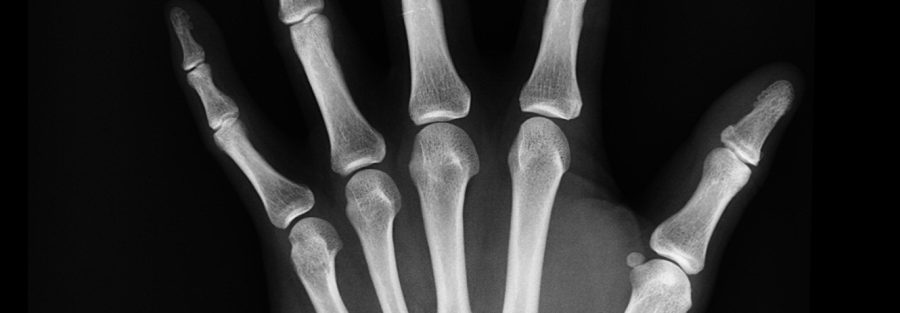A joint is just where two bones in your body come together, but they don’t actually touch each other. Because if they did, the friction would grind them into a bone powder, which of course, most people would find unpleasant. So instead, your bones are capped by cushions of articular cartilage, which are kept lubricated by thick clear mucousy stuff called synovial fluid. This fluid is produced by the synovial membrane, which surrounds the entire joint.
When you stretch or bend a joint, those bones pull away from each other, and that causes the synovial membrane to stretch, which increases the amount of space inside it, in turn lowering the pressure. This is important because your synovial fluid is full of dissolved gases, mostly carbon dioxide and oxygen. And when the pressure of a fluid drops, any gases trapped within it become less soluble.

Basically, they undissolve, and this means they form bubbles. So that pop you hear is actually the sound of a bubble forming inside your synovial fluid. What’s really cool is if you take an x-ray of a joint right after cracking it, you can actually see the bubble. It increases the size of the joint cavity by about 15%. And it takes about 20 to 30 minutes for that gas to dissolve back into the fluid, which is why you generally can’t crack the same joint over and over again. There’s weirdly not a lot of data on whether knuckle popping is dangerous, but a doctor named Donald Unger was awarded a Nobel Prize in 2009 for habitually popping the joints on his left hand, but not his right, over the course of 60 years.
His left hand didn’t develop any issues. It’s not super hardcore, peer-reviewed science, but it’s still pretty interesting. So, while knuckle popping doesn’t appear to cause arthritis, it apparently can lead to weaker grip strength. This might be the result of stretching out your synovial membrane, or your tendons. The most unpleasant part of cracking your joints is probably that people nearby don’t always find the noise enjoyable.


